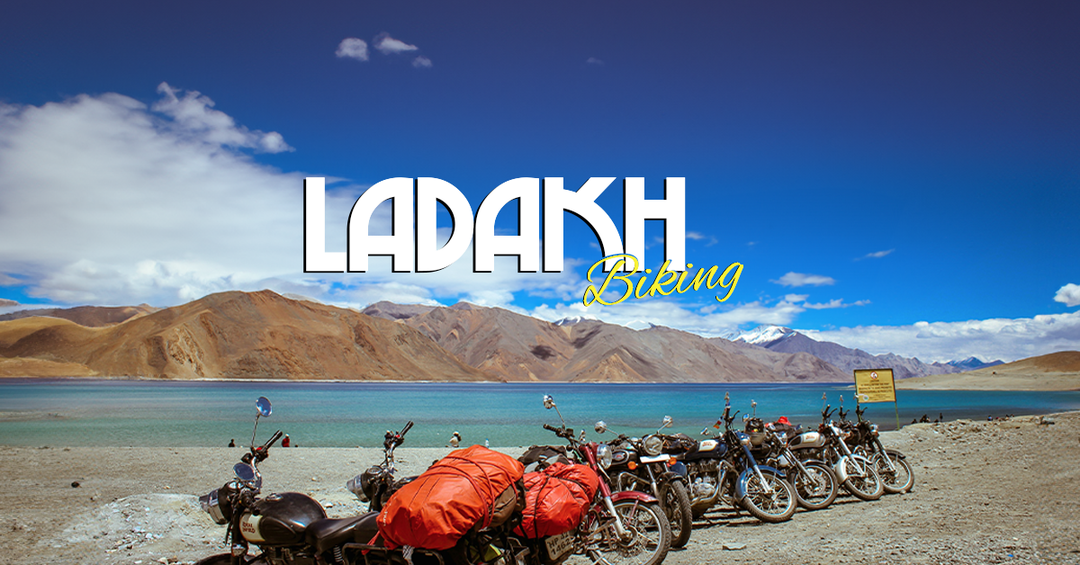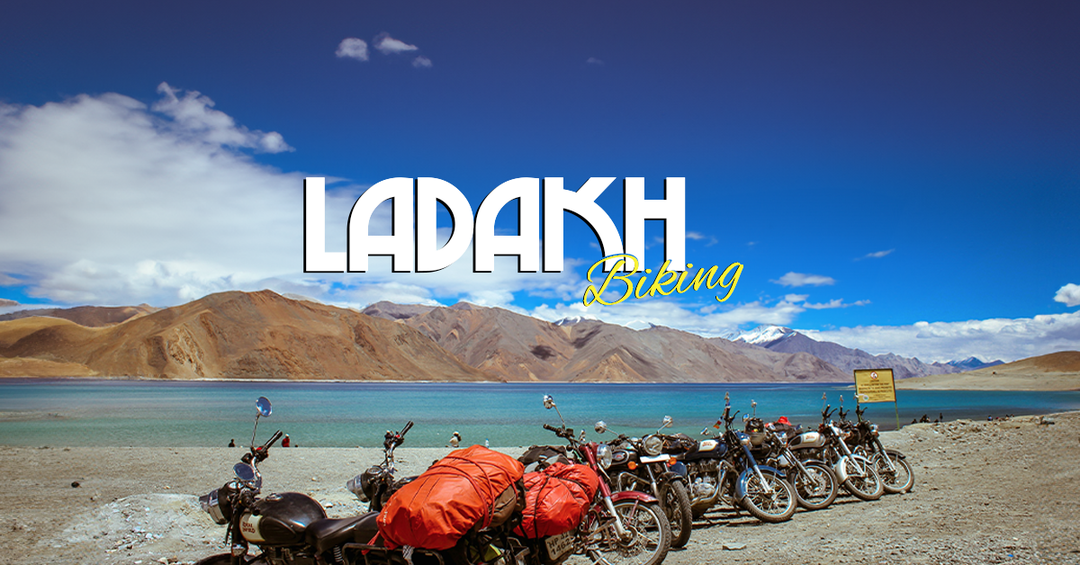
Liposuction has become a popular cosmetic procedure for those looking to sculpt their bodies and remove stubborn fat deposits. With advancements in medical technology, there are several types of liposuction techniques available today. Choosing the best one depends on various factors including your body type, desired results, and medical history. This comprehensive guide aims to explore and compare different types of liposuction, helping you make an informed decision.
Introduction
Liposuction, also known as Liposuction in Dubai, is a surgical procedure designed to remove excess fat from specific areas of the body. It's not a weight-loss solution but rather a way to contour and reshape areas that are resistant to diet and exercise. Understanding the nuances of each liposuction technique is crucial in achieving the desired outcome safely and effectively.
Understanding Liposuction: A Brief Overview
Before delving into the specifics of each type of liposuction, it's essential to grasp the basic principles of the procedure. Liposuction involves using a suction technique to remove fat from under the skin. This process can be tailored to target various body areas such as the abdomen, thighs, buttocks, arms, and neck.
What Factors Determine the Best Liposuction Type?
Choosing the right type of liposuction requires careful consideration of several factors unique to each individual.
Patient's Body Type and Goals
The ideal liposuction technique varies depending on whether you're looking to address a small, localized area or larger surface areas. Each technique offers distinct advantages depending on the amount of fat to be removed and the desired outcome.
Safety Considerations and Medical History
Your overall health, medical history, and any existing conditions play a significant role in determining which liposuction method is safest for you. Consulting with a qualified plastic surgeon is crucial to assess these factors.
Recovery Time and Post-Operative Care
Different liposuction techniques involve varying degrees of trauma to the body. Understanding the recovery process and the expected downtime can help you plan accordingly for your post-operative care and daily activities.
Different Types of Liposuction Techniques
Modern advancements in technology have led to the development of several specialized liposuction techniques. Each method offers unique benefits and considerations:
Tumescent Liposuction
Procedure and Benefits
Tumescent liposuction involves injecting a solution into the targeted area to facilitate fat removal. This method is known for its safety and effectiveness in minimizing blood loss during surgery.
Recovery Experience
Patients typically experience less swelling and discomfort compared to traditional liposuction methods, leading to quicker recovery times.
Ultrasound-Assisted Liposuction (UAL)
How UAL Works
UAL uses ultrasound energy to liquefy fat cells, making them easier to remove. This technique is suitable for patients seeking precise body contouring with minimal trauma to surrounding tissues.
Ideal Candidates
Individuals with fibrous areas of fat or those desiring enhanced skin tightening may benefit most from ultrasound-assisted liposuction.
Laser-Assisted Liposuction
Benefits and Advantages
Laser-assisted liposuction utilizes laser energy to liquefy fat cells before removal. This method promotes skin tightening and may result in smoother contours compared to traditional liposuction techniques.
Post-Surgery Results
Patients often notice improvements in skin elasticity and texture, enhancing the overall aesthetic outcome of the procedure.
Power-Assisted Liposuction (PAL)
Technique and Efficiency
PAL involves the use of mechanical devices to facilitate fat removal with more precision and less manual effort. This method reduces surgeon fatigue and potentially shortens procedure times.
Comparison with Traditional Methods
PAL is known for its ability to remove larger volumes of fat more efficiently, making it suitable for comprehensive body sculpting procedures.
Water-Assisted Liposuction (WAL)
WAL Technique Explained
Water-assisted liposuction uses a gentle, high-pressure stream of saline solution to dislodge fat cells from their connective tissues. This method minimizes trauma to surrounding tissues and enhances patient comfort during and after surgery.
Suitability for Various Areas
WAL is particularly effective for treating fibrous areas such as the back, chest, and male breast tissue, where traditional methods may pose challenges.
Choosing the Best Liposuction Type: A Step-by-Step Guide
Selecting the optimal liposuction technique involves a collaborative effort between you and your plastic surgeon:
Consultation with a Qualified Surgeon
During your initial consultation, your surgeon will evaluate your medical history, assess your aesthetic goals, and recommend the most suitable liposuction technique based on their expertise and your unique anatomy.
Personalizing the Procedure to Fit Your Needs
Customizing the liposuction procedure ensures that it aligns with your expectations and delivers the desired results while considering factors such as skin elasticity and fat distribution.
Considering Risks and Benefits
Understanding the potential risks associated with each liposuction technique, as well as the expected benefits in terms of body contouring and aesthetic enhancement, is essential for making an informed decision.
Comparing Costs and Affordability
The cost of liposuction varies based on factors such as the technique used, the extent of treatment required, and the geographic location of the surgical facility. It's important to discuss pricing and financing options during your consultation to ensure transparency and affordability.
Success Stories and Testimonials: What Patients Say
Many individuals who have undergone liposuction share their experiences online and through testimonials. Reading about real-life success stories can provide insights into what to expect during and after your procedure, helping you feel more confident in your decision.
Conclusion
Choosing the best type of liposuction involves careful consideration of your unique anatomy, aesthetic goals, and overall health. By consulting with a qualified plastic surgeon and understanding the benefits and considerations of each technique, you can achieve the body contouring results you desire with minimal risk and maximum satisfaction.













